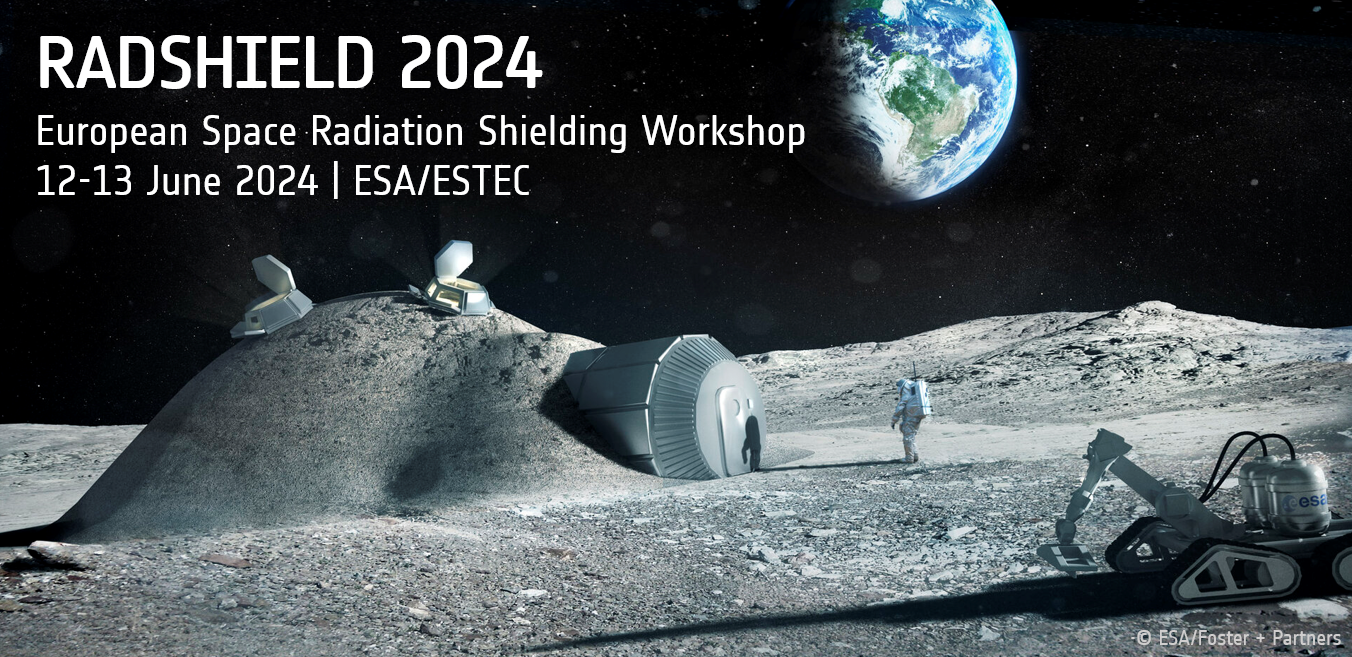Speaker
Description
Besides standard shielding materials such as Aluminum and plastics also composite materials are being increasingly used in space. Knowledge of their shielding effectivity, which is essential for customized design and their optimal deployment on spacecraft, is available namely from models or numerical calculations. In this work, detailed experimental data is provided by dedicated measurements from particle accelerator beams (protons, electrons) and well-defined reference fields (gamma rays, X rays). High-resolution wide-range results are obtained by using the semiconductor pixel detector Timepix which provides photon-counting response, radiation-type sensitivity and quantum-imaging visualization of varying radiation fields. Applying the spectral-sensitive technique of particle tracking on single particle tracks, the radiation field decomposition is directly measured in detail of the transmitted field (shielded) and open field (non-shielded). Changes in the primary beam/field are resolved as well as the onset of secondary component. Small and wide-range variations are produced in terms of field composition, flux, dose rate, deposited energy spectra (energy loss) and linear-energy-transfer (LET) as well as position and also direction. Extensive experimental results are provided on a collection of composite materials of specific composition and are evaluated/compared with standard nuclear shielding materials (Al, steel, plastic/PE, lead).

